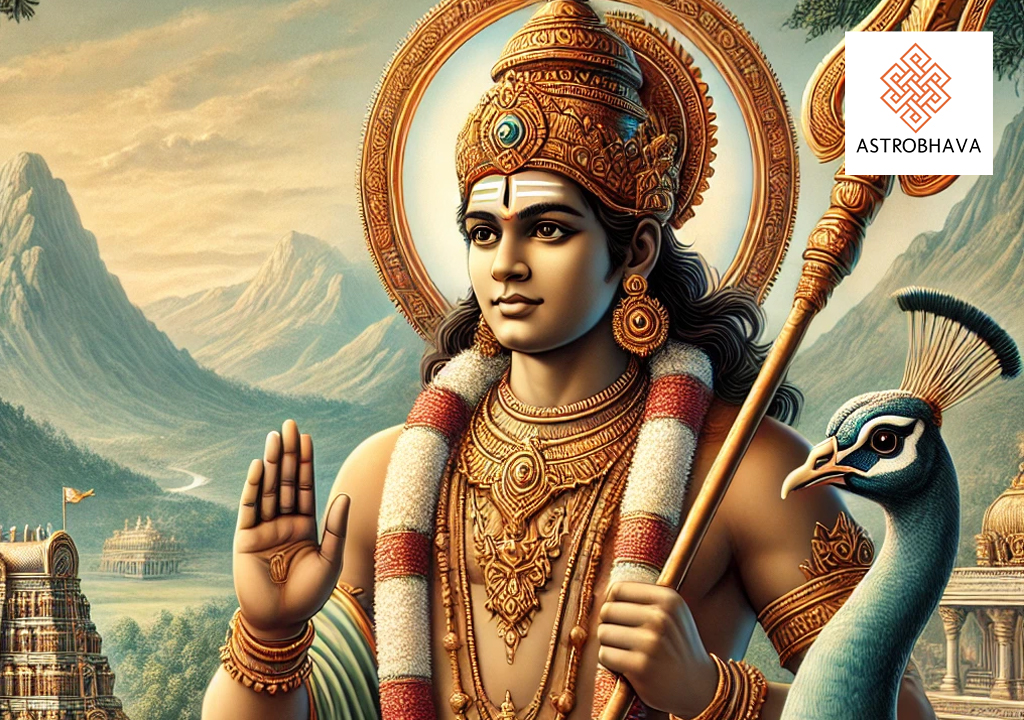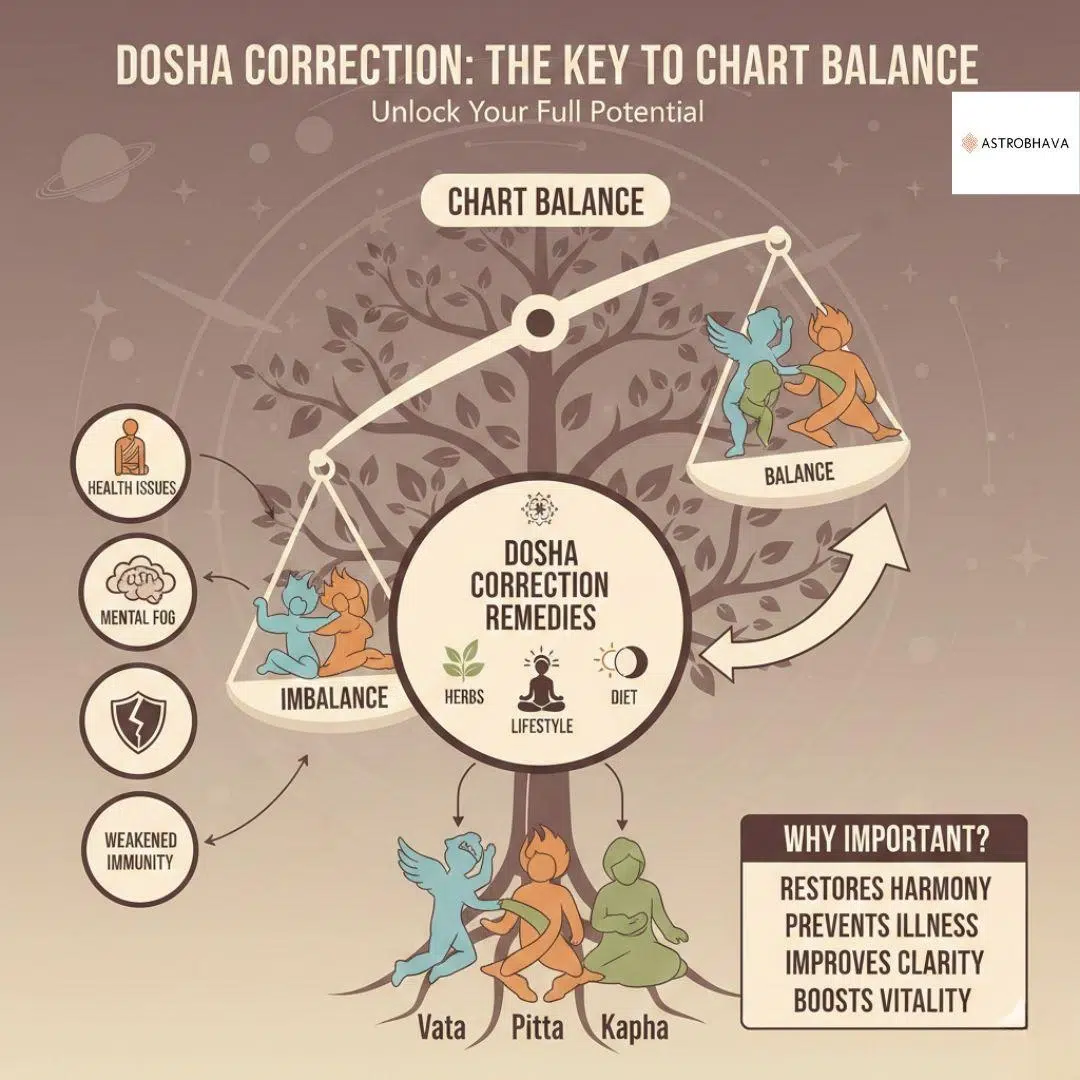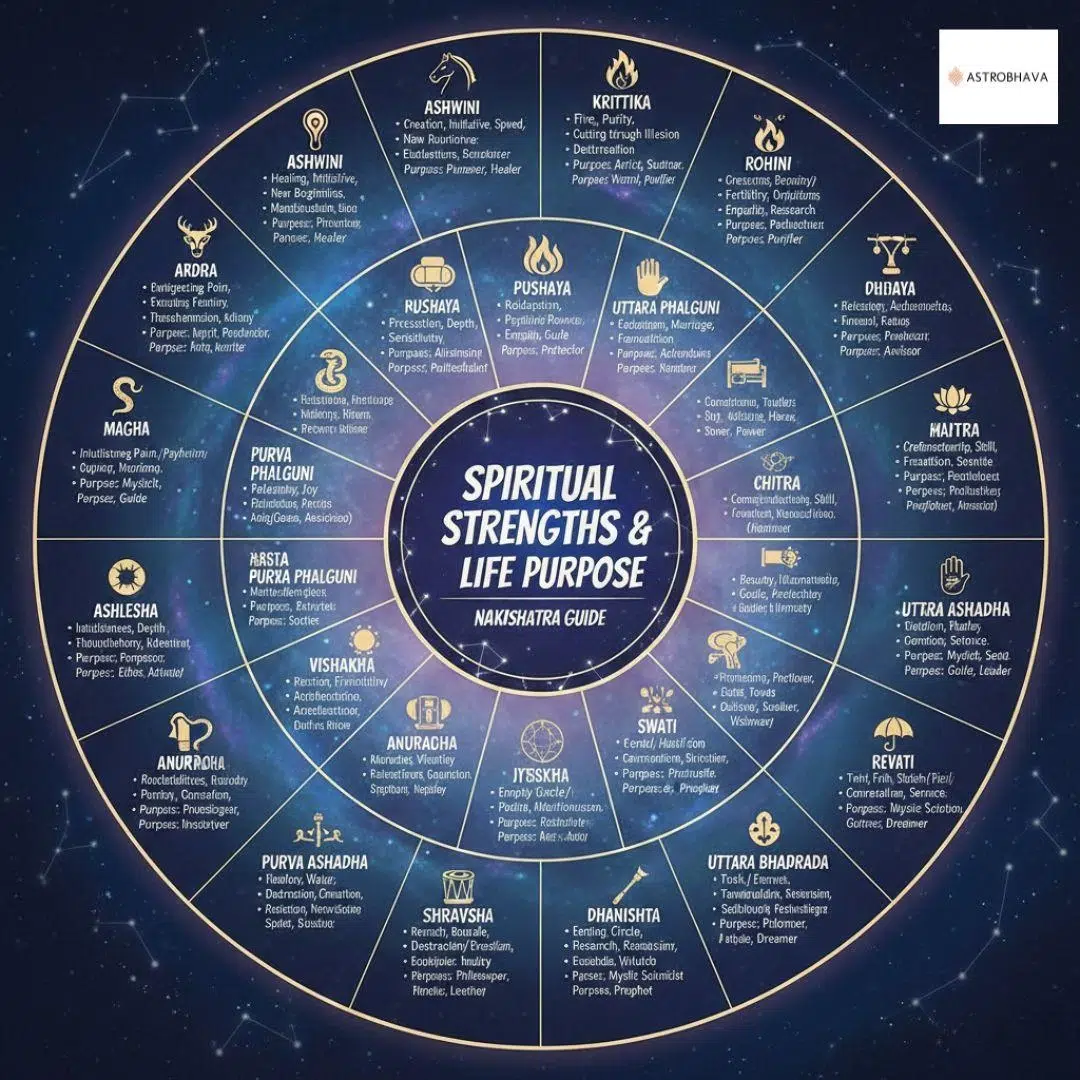Skanda Sashti: Invoking Lord Murugan’s Blessings for Victory

Skanda Sashti, also known as Kanda Sashti, is a significant Hindu festival dedicated to Lord Murugan (also called Skanda or Kartikeya), the warrior god of victory, courage, and wisdom. This festival is celebrated with great devotion, especially in South India, to honor Lord Murugan for his triumph over the demon Surapadman, symbolizing the victory of good over evil.
One of the most potent rituals during Skanda Sashti is the Skanda Sashti Homa, a sacred fire ritual that invokes the blessings of Lord Murugan for victory, protection, and the removal of negativity from one’s life. This article delves deep into the importance of Skanda Sashti, the role of Murugan Homa in invoking success, and how AstroBhava’s Skanda Sashti Homa services can help devotees overcome challenges and achieve victory in their endeavors.
Who is Lord Murugan?
Lord Murugan is the son of Lord Shiva and Goddess Parvati, and the brother of Lord Ganesha. He is widely revered as the god of war, victory, and wisdom, often depicted holding a spear (Vel), which symbolizes his ability to destroy ignorance and evil forces. In mythology, Lord Murugan is known for his youthful energy, bravery, and leadership in battles against demonic forces. He is especially worshipped in South India, Sri Lanka, and among Tamil communities worldwide.
Murugan is also regarded as the Kumara, the eternal youth, and is considered the embodiment of supreme knowledge and enlightenment. His devotees seek his blessings to overcome difficulties, attain victory in personal and professional endeavors, and remove negativity that may block their path to success.
Importance of Skanda Sashti
Skanda Sashti is observed on the sixth day of the lunar month of Karthika (October-November) and lasts for six days, culminating in the grand celebration known as Soorasamharam. This festival commemorates the victory of Lord Murugan over the demon Surapadman, who terrorized the heavens and the Earth. Lord Murugan, armed with his divine spear (Vel), defeated Surapadman and restored peace to the universe.
Spiritual Significance of Skanda Sashti
The defeat of Surapadman symbolizes the triumph of good over evil and the removal of negative forces from one’s life. Skanda Sashti is a time when devotees seek the blessings of Lord Murugan to rid themselves of internal and external negativities, be it in the form of obstacles, bad karma, or personal challenges. The festival is seen as an opportunity to invoke courage, strength, and wisdom, which are the key attributes of Lord Murugan.
Observing Fasting and Devotion During Skanda Sashti
Many devotees observe a six-day fast during Skanda Sashti, abstaining from food or consuming only fruits and water, as a form of devotion. The fast is believed to purify the mind and body, making devotees more receptive to the blessings of Lord Murugan. Additionally, devotees participate in special prayers, Skanda Sashti rituals, and temple visits, seeking Murugan’s divine intervention in their lives.
Process of Skanda Sashti Homa
The Skanda Sashti Homa is a sacred fire ritual dedicated to Lord Murugan, performed during the six-day Skanda Sashti festival. The ritual is an integral part of the festival, invoking Murugan’s blessings for victory, protection, and the removal of obstacles. The Homa involves a series of sacred offerings made into a consecrated fire while chanting powerful mantras to honor Lord Murugan and seek his divine grace. The fire is considered a sacred medium that carries the prayers and offerings to the divine realm, ensuring the fulfillment of the devotee’s desires.
Here’s a detailed step-by-step process of how the Skanda Sashti Homa is conducted:
1. Sankalpam (Taking a Sacred Vow)
The Sankalpam is the first step of the Skanda Sashti Homa, where the devotee or the priest takes a vow to perform the ritual with devotion and sincerity. This is a moment of introspection and commitment, where the devotee sets their intention for the Homa, such as seeking victory over obstacles, protection, health, or success in a specific endeavor.
The priest usually asks for the devotee’s name, their family lineage (gotra), and their purpose for performing the Homa. The Sankalpam is made by invoking the divine presence of Lord Murugan, the cosmic forces, and the elements of nature, ensuring that the ritual is aligned with the devotee’s spiritual and material needs.
2. Ganapathi Puja (Invoking Lord Ganesha)
Before the actual Skanda Sashti Homa begins, a Ganapathi Puja is performed to invoke the blessings of Lord Ganesha, the remover of obstacles. This step is crucial because Lord Ganesha is always worshipped first in any Vedic ritual to ensure the smooth flow of the ceremony and to eliminate any hindrances. During the Ganapathi Puja, mantras dedicated to Lord Ganesha are chanted, and offerings such as flowers, fruits, and sacred items are placed before his idol or image. Once the blessings of Ganesha are invoked, the path is cleared for the successful performance of the Skanda Sashti Homa.
3. Kalasha Sthapana (Consecration of the Kalasha)
In this step, the Kalasha, a sacred water-filled vessel, is consecrated. The Kalasha represents the presence of divine energy, and it is placed near the Homa Kunda (the fire altar). It is adorned with mango leaves, flowers, and a coconut placed on top. The consecration of the Kalasha symbolizes the invocation of divine blessings for purity, protection, and prosperity.
The priest invokes the energies of Lord Murugan, the gods, and the cosmic elements into the Kalasha, which is used later during the ritual for purification and offerings. This step purifies the surroundings and prepares the sacred space for the main Homa.
4. Agni Prathishta (Lighting the Sacred Fire)
The heart of the Skanda Sashti Homa is the sacred fire or Agni. The fire is lit in the Homa Kunda using specific rituals and mantras, and it represents the divine presence of Lord Murugan. Fire is considered a divine witness to the ceremony, and it is the medium through which the offerings made by the devotee are carried to the heavens.
The fire is kindled using ghee (clarified butter), sacred wood (usually samidha sticks or sandalwood), and other materials that hold spiritual significance. As the fire is lit, the priest chants Vedic mantras to invoke the presence of Agni, the fire deity, who is believed to carry the offerings to Lord Murugan and other divine beings.
5. Invocation of Lord Murugan
Once the sacred fire is established, the priest begins the process of invoking Lord Murugan through powerful mantras and hymns. Special mantras dedicated to Murugan, such as the Skanda Sashti Kavacham or the Subramanya Ashtothram, are chanted, inviting the deity’s divine presence into the fire and the ceremony.
During this invocation, devotees offer prayers for protection, courage, and victory, asking Murugan to bless them with strength to overcome life’s challenges. The Vel (Murugan’s divine spear) is also symbolically invoked, representing the destruction of ignorance, fear, and negativity.
6. Offerings into the Fire (Homa Ahuti)
The most significant part of the Skanda Sashti Homa is the offering of sacred items into the fire, known as Ahuti. These offerings are made in a particular sequence, with each item carrying a symbolic meaning and spiritual value. The offerings may include:
- Ghee: Represents purity and devotion.
- Rice: Symbolizes prosperity and sustenance.
- Herbs and Grains: Represent health, growth, and abundance.
- Fruits and Flowers: Offerings of nature, symbolizing beauty and devotion.
- Sandalwood: Represents purity and fragrance, cleansing the environment.
With each offering, the priest chants sacred mantras, and the devotees mentally offer their prayers and desires to Lord Murugan. As the offerings are made into the fire, it is believed that they are carried to the divine realms, ensuring that the devotee’s prayers are heard and answered.
7. Recitation of Skanda Sashti Kavasam (Optional)
During the Skanda Sashti Homa, some devotees choose to include the recitation of the Skanda Sashti Kavasam, a powerful hymn dedicated to Lord Murugan. The Kavasam is believed to act as a spiritual armor, protecting the devotee from harm, negativity, and misfortunes.
Reciting or listening to the Skanda Sashti Kavasam during the Homa enhances the protective energy of the ritual and deepens the connection between the devotee and Murugan. This recitation strengthens the ritual and ensures that the devotee is shielded from obstacles in their life.
8. Purna Ahuti (Final Offering)
The Purna Ahuti is the final and most important offering in the Skanda Sashti Homa. It marks the culmination of the ritual and is a symbolic gesture of complete surrender to the divine. During this stage, special offerings such as coconuts, betel leaves, and fruits are offered into the fire.
The Purna Ahuti is accompanied by the chanting of mantras seeking the blessings of Lord Murugan for the fulfillment of the devotee’s prayers and intentions. It is believed that this final offering carries the essence of the devotee’s devotion and ensures that their prayers reach Lord Murugan.
9. Prokshanam (Sprinkling of Holy Water)
After the Purna Ahuti, the priest sprinkles the consecrated water from the Kalasha on the devotees and around the ritual space. This act, known as Prokshanam, symbolizes purification and the bestowal of divine blessings. The sprinkling of holy water represents the washing away of sins, negativity, and obstacles, leaving the devotees spiritually cleansed and protected.
10. Prasad Distribution
At the end of the Skanda Sashti Homa, the priest distributes Prasad, which may include the sacred ash (vibhuti) from the Homa, fruits, sweets, and other blessed items. Devotees receive the Prasad as a symbol of Lord Murugan’s blessings, and it is believed to carry the divine energy of the ritual.
The sacred ash can be applied to the forehead or kept at home for protection, while the fruits and sweets are consumed with reverence, symbolizing the fulfillment of one’s prayers.
Skanda Sashti Homa: A Powerful Ritual for Victory
One of the most significant rituals performed during Skanda Sashti is the Skanda Sashti Homa, also known as the Murugan Homa. This Vedic fire ritual is specifically designed to invoke the blessings of Lord Murugan for victory over obstacles, protection from negative energies, and success in all endeavors.
1. What is Skanda Sashti Homa?
Skanda Sashti Homa is a sacred fire ritual where offerings such as ghee, grains, herbs, and sacred materials are poured into the fire while chanting specific mantras dedicated to Lord Murugan. The fire acts as a divine medium through which the prayers and offerings reach the higher realms. The chanting of Murugan’s mantras during the homa invokes his presence, and devotees receive his blessings for victory, protection, and spiritual upliftment.
2. Significance of Skanda Sashti Homa for Victory
The Skanda Sashti Homa is performed to seek Lord Murugan’s blessings for victory over negativity and challenges in life. Whether one is facing difficulties in personal relationships, financial instability, health issues, or career setbacks, the homa acts as a powerful spiritual tool to remove these obstacles. Lord Murugan’s Vel (spear) is a symbol of his ability to destroy ignorance and negative forces, and by invoking his blessings through the Skanda Sashti Homa, devotees can clear the path to success.
3. Role of Fire in Skanda Sashti Homa
In Vedic rituals, fire (Agni) is considered a divine element that transforms offerings into spiritual energy, carrying the devotee’s prayers to the gods. The fire in Murugan Homa serves as the gateway through which devotees communicate with Lord Murugan, asking for his intervention and blessings. As the mantras are chanted, the fire absorbs the negative energies around the devotees and purifies them, allowing positive energy and divine blessings to flow.
Murugan Homa Benefits: Overcoming Obstacles and Achieving Victory
The Murugan Homa benefits are manifold, as this powerful ritual not only helps remove obstacles but also invokes protection and success in various aspects of life. Let’s explore the key benefits of performing the Skanda Sashti Homa:
1. Victory Over Obstacles and Negativity
One of the primary benefits of performing the Skanda Sashti Homa is achieving victory over obstacles and negativity. Whether these obstacles are external, such as financial difficulties or health issues, or internal, like fear, doubt, or bad habits, Lord Murugan’s blessings can help remove them. By performing this homa, devotees can gain the strength and clarity needed to overcome challenges and achieve success.
2. Protection from Negative Energies
Lord Murugan is revered as a powerful protector, and his blessings are sought to safeguard devotees from negative energies, evil forces, and harmful influences. The Murugan Homa creates a protective shield around the devotee, ensuring that they are guarded against harm and negative entities. This protection extends to one’s home, family, and career, providing peace and security.
3. Success in Career and Business Ventures
For individuals facing challenges in their careers or businesses, the Skanda Sashti Homa can help unlock new opportunities for growth and success. By invoking the blessings of Lord Murugan, devotees receive the courage, wisdom, and determination needed to overcome setbacks and achieve their professional goals. The homa is especially beneficial for entrepreneurs and business owners who seek victory in competitive markets and new ventures.
4. Removal of Karmic Debts and Past Life Influences
The Murugan Homa is also known for its ability to cleanse karmic debts and remove negative influences from past lives. Many devotees struggle with recurring challenges due to unresolved karma from previous lifetimes. By performing the Skanda Sashti Homa, devotees can clear these karmic blockages and move forward in life with greater ease and freedom.
5. Spiritual Growth and Enlightenment
Beyond material success, the Murugan Homa fosters spiritual growth and enlightenment. Lord Murugan is a deity of supreme knowledge and wisdom, and his blessings help devotees attain higher levels of consciousness. The homa purifies the mind, body, and soul, making the devotee more receptive to divine guidance and spiritual growth.
Skanda Sashti Rituals: A Path to Devotion and Victory
During Skanda Sashti, devotees participate in various rituals to honor Lord Murugan and seek his blessings for success and protection. These rituals are an integral part of the festival, as they help devotees connect with Murugan on a deeper spiritual level.
1. Fasting During Skanda Sashti: A Path to Purification and Discipline
Fasting is one of the central practices observed by devotees during the Skanda Sashti festival. The act of fasting is not merely a physical sacrifice but is seen as a form of self-purification, devotion, and dedication to Lord Murugan. By abstaining from food or following a restricted diet, devotees purify their bodies and minds, making themselves more receptive to the divine blessings of Murugan. Fasting during Skanda Sashti is also a way to discipline the mind, control the senses, and free oneself from material attachments.
Different devotees observe fasting in various ways depending on their capacity and level of devotion. Some devotees undertake a complete fast, consuming only water or milk throughout the six days, while others may choose to eat light meals, fruits, or raw foods. This fasting process is believed to cleanse the devotee’s body of impurities and prepare them for the spiritual energy they are about to receive during the festival.
The fast is broken on the final day of Skanda Sashti, after the Soorasamharam, which marks the symbolic victory of Lord Murugan over the demon Soorapadman. Breaking the fast on this victorious note represents a fresh start, free from the negativities and obstacles that the fast has helped overcome. It is believed that through fasting, the devotee demonstrates their devotion to Murugan, and in return, Murugan blesses them with strength, courage, and success.
The act of fasting also brings about an intense focus on the inner self. Without the distractions of worldly pleasures, the devotee is able to turn their attention inward, contemplating the virtues of Lord Murugan and their own spiritual journey. Fasting during Skanda Sashti fosters inner discipline and helps devotees detach from material desires, allowing them to align more closely with divine consciousness.
2. Soorasamharam: The Final Victory of Good Over Evil
The Soorasamharam is the grand climax of the Skanda Sashti festival, marking Lord Murugan’s ultimate victory over the demon Soorapadman. This dramatic event holds profound symbolic significance, as it represents the triumph of good over evil, righteousness over wickedness, and divine will over chaos. The reenactment of this mythological battle takes place in Murugan temples across India, especially in Tamil Nadu, and is accompanied by grand processions, elaborate rituals, and vibrant performances.
The Soorasamharam is more than just a reenactment of a battle; it is a deeply spiritual event that carries the message of perseverance, courage, and divine intervention. In the story, Soorapadman, the demon king, was granted immense power but became arrogant and tyrannical, causing suffering to gods and humans alike. Unable to defeat him, the gods turned to Lord Murugan for help. Armed with the divine Vel (spear) given to him by Goddess Parvati, Murugan waged a fierce battle against Soorapadman, ultimately defeating him and restoring peace to the universe.
For devotees, witnessing or participating in the Soorasamharam is a spiritually uplifting experience. It symbolizes the battles that each individual faces in life—whether they are internal struggles such as fear, doubt, and anger, or external challenges like professional obstacles, conflicts, or negativity. Watching Murugan’s victory over Soorapadman instills hope and faith in the devotee that they too can overcome their personal challenges with Murugan’s guidance and blessings.
The Soorasamharam is often accompanied by the chanting of hymns, offering of prayers, and performances that depict various stages of the battle. Large crowds gather at major temples such as Tiruchendur, Thirupparankundram, and Palani, to witness this event, which often includes processions of Murugan’s idol carried on a palanquin, with the vibrant atmosphere representing the victory of divine forces.
The final moments of the Soorasamharam, where Lord Murugan symbolically slays the demon, are considered highly auspicious. Devotees pray for victory in their own lives—whether it is overcoming health issues, financial difficulties, relationship conflicts, or spiritual struggles. The defeat of Soorapadman serves as a reminder that with Murugan’s divine protection, no obstacle is too great to overcome.
3. Skanda Sashti Kavasam: A Spiritual Armor of Protection
The Skanda Sashti Kavasam is one of the most powerful hymns dedicated to Lord Murugan, often recited by devotees during the Skanda Sashti festival. The term “Kavasam” translates to “armor,” and the hymn is considered a spiritual shield that protects the devotee from harm, evil, and negativity. Reciting or singing the Skanda Sashti Kavasam is believed to invoke the divine presence of Murugan, surrounding the devotee with a protective aura that wards off misfortune, bad luck, and negative energies.
Composed by Balan Dhevaraya Swamigal in the 19th century, the Skanda Sashti Kavasam consists of 244 lines, praising Lord Murugan and calling upon his protective powers. Each verse of the hymn describes a different part of the body and soul being protected by Murugan’s divine energy, making it a complete invocation of Murugan’s grace and blessings. The hymn also includes references to Murugan’s iconic weapons, such as the Vel, his peacock mount, and his protective aspects, making it a comprehensive prayer of devotion and protection.
The Skanda Sashti Kavasam is not only a prayer for physical protection but also serves as a spiritual tool for overcoming internal demons, such as anger, greed, jealousy, and ignorance. By reciting the Kavasam, devotees believe that their minds and souls are cleansed, helping them to cultivate virtues such as humility, patience, and wisdom—qualities that bring them closer to the divine.
Devotees often chant the Skanda Sashti Kavasam daily during the festival, either at home or at the temple, enhancing the spiritual energy of the day. The repetitive recitation of the hymn helps focus the mind on Lord Murugan’s protective qualities, creating a deep connection with the deity. This practice also enhances the benefits of other rituals, such as the Skanda Sashti Homa, prayers, and fasts, creating a comprehensive path of devotion.
The hymn is believed to bestow many blessings on those who recite it with faith and devotion. These blessings include protection from accidents, ill health, negative influences, and enemies. Additionally, chanting the Kavasam helps to strengthen one’s willpower, determination, and clarity of thought, enabling devotees to navigate life’s challenges with grace and confidence.
4. Skanda Sashti Homa: Invoking Victory and Prosperity
A key ritual performed during Skanda Sashti is the Skanda Sashti Homa, a sacred fire ceremony that invokes Lord Murugan’s blessings for victory, prosperity, and spiritual growth. The Homa involves making offerings of ghee, herbs, grains, and sacred items into a consecrated fire, accompanied by the chanting of Vedic mantras dedicated to Murugan. The fire is considered the divine medium through which the devotee’s prayers and desires reach the heavens, ensuring that their requests for success, protection, and blessings are granted.
The Skanda Sashti Homa is especially beneficial for those seeking to overcome obstacles, defeat enemies, and achieve victory in their personal or professional lives. The fire ritual purifies negative energies and removes karmic blockages, creating an environment of positivity and success. It is believed that performing this Homa during Skanda Sashti amplifies its power, as the festival itself is a time of divine grace and victory.
Devotees can participate in the Skanda Sashti Homa either at the temple or through online Homa services, which have become increasingly popular for those unable to attend in person. The Homa is performed by qualified priests who chant sacred mantras and offer prayers on behalf of the devotees, ensuring that they receive the full benefits of Murugan’s blessings.
AstroBhava’s Skanda Sashti Homa Services: Invoking Divine Protection and Victory
AstroBhava offers personalized Skanda Sashti Homa services to help devotees invoke the blessings of Lord Murugan for victory and success. Here’s how AstroBhava can assist you in performing this powerful ritual:
1. Expert Priests for Vedic Rituals
AstroBhava’s team of experienced priests specializes in performing Vedic rituals like the Skanda Sashti Homa. With years of expertise in chanting sacred mantras and conducting fire rituals, AstroBhava’s priests ensure that the homa is performed according to traditional Vedic guidelines, maximizing its spiritual and material benefits.
2. Personalized Homa Services
Each individual’s challenges and goals are unique, and AstroBhava offers customized homa services tailored to your specific needs. Whether you seek victory in your career, protection from negative forces, or spiritual growth, AstroBhava’s priests will personalize the Murugan Homa to align with your intentions.
3. Online Participation for Global Devotees
AstroBhava provides online Skanda Sashti Homa services, making it accessible to devotees worldwide. Whether you are in India or abroad, you can participate in the homa from the comfort of your home through live-streamed services. Alternatively, you can have the ritual performed on your behalf by AstroBhava’s expert priests, ensuring that you receive the full benefits of the homa regardless of your location.
4. Prasad and Energized Yantras
After the completion of the Skanda Sashti Homa, AstroBhava will send you prasad (blessed food) and Energized Yantras (sacred geometric symbols) to continue receiving the blessings of Lord Murugan. These items are infused with divine energy and are meant to provide ongoing protection, success, and spiritual growth.
FAQs: Skanda Sashti and Murugan Homa
1. What is Skanda Sashti Homa, and why is it performed?
The Skanda Sashti Homa is a sacred fire ritual dedicated to Lord Murugan, performed to invoke his blessings for victory, protection, and the removal of negativity. It is especially performed during the Skanda Sashti festival to honor Murugan’s triumph over the demon Surapadman and to seek his intervention in overcoming challenges.
2. What are the benefits of performing the Murugan Homa?
The Murugan Homa benefits include victory over obstacles, protection from negative energies, success in career and business, the removal of karmic debts, and spiritual growth. It is a powerful ritual for achieving success and removing hindrances in life.
3. Can I perform Skanda Sashti Homa online with AstroBhava?
Yes, AstroBhava offers online Skanda Sashti Homa services that allow you to participate in the homa from anywhere in the world. You can either join the live-streamed service or have the ritual performed on your behalf by expert priests.
4. How does the Murugan Homa help in achieving victory over negativity?
The Murugan Homa invokes Lord Murugan’s divine protection and strength, helping devotees remove negative energies, evil forces, and obstacles that hinder success. The powerful mantras and fire offerings cleanse the devotee’s environment, bringing positive energy and success.
5. How can I prepare for the Skanda Sashti Homa?
To prepare for the Skanda Sashti Homa, you should consult with AstroBhava’s team of priests to align your intentions with the ritual. You can also observe fasting and recite the Skanda Sashti Kavasam hymn to deepen your connection with Lord Murugan before the homa.
Categories
- accurate astrology readings
- Astrobhava
- Astrobhava astrology
- astrological guidance
- astrological planets
- Astrological Remedies
- astrology
- astrology basics
- Astrology Guides
- astrology remedies
- Astrology Remedies for Wellness
- astrology solutions
- birth chart analysis
- Career Astrology & Personal Growth
- Cosmology
- Dasha
- dosha
- Ekadashi rituals
- Ekadashi vrat
- Festivals & Vedic Rituals
- Homa and Fire Rituals (Yagna)
- horoscope remedies
- janma nakshatra effects
- Japa
- mahadasha effects
- Mahadasha remedies
- Mantra
- Mercury in astrology
- nadi astrology
- Nakshatra 2026 astrology
- nakshatras
- numerology
- Pilgrimage
- planetary remedies
- planets houses
- Progency
- Puja & Rituals
- Relationships
- rudra puja
- Rudraksha and gemstone
- shani remedies
- Spiritual Astrology
- Spiritual Practices and Chanting
- Spiritual Rituals and Personal Empowerment
- Spiritual Tools & Personal Growth
- Spiritual Wellness and Protection
- Spirituality and Rituals
- Spirituality or Vedic Rituals
- Vastu Tips
- Vedic Astrology
- yantras
- Zodiac Signs










